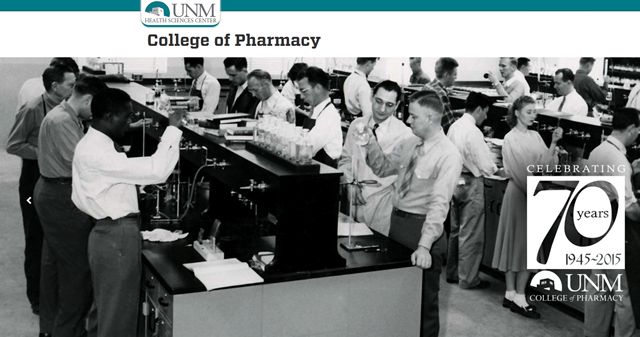
Pharmaceutical Sciences ETDs
Impact of the Medicare Part D coverage gap on prescription drug utilization and medication adherence
Publication Date
2-9-2011
Abstract
The standard Medicare prescription drug benefit includes a coverage gap ($3,850 in true out-of-pocket expenses in 2007) during which beneficiaries pay 100% of their drug costs. The objective of this study was to assess the impact of the Medicare Part D coverage gap on prescription drug utilization and medication adherence by using data from Medicare beneficiaries enrolled in a large health plan in New Mexico. A quasi-experimental, cross-sectional, retrospective, pre-post with control group study design was used to assess the study objectives. Pre- and post-coverage gap prescription drug utilization and medication adherence, of beneficiaries enrolled in a health plan with no prescription drug coverage during the coverage gap (no coverage plan) was compared with that of beneficiaries enrolled in a plan with generic drug coverage (generic coverage plan) and beneficiaries enrolled in a plan with full prescription drug coverage during the coverage gap (full coverage plan). Pre- and post-coverage gap prescription drug utilization was assessed using per member total number of prescriptions. Medication Possession Ratio (MPRm) and the Proportion of Days Covered (PDC) were used as measures of medication adherence. Difference-in-difference analysis was used to compare pre- and post-coverage gap prescription drug utilization and medication adherence between the three plans. Of the 14,846 beneficiaries who met the study inclusion and exclusion criteria, 2,661 beneficiaries (17.92%) hit the prescription coverage gap in the year 2007. Difference-in-difference analyses indicated that post-coverage gap, beneficiaries enrolled in the no coverage gap plan, filled significantly less number of prescriptions (14.67 prescriptions less; p=0.001) than beneficiaries in the full coverage plan, and generic coverage plan (12.52 prescriptions less; p=0.001). A significant decrease in post-coverage gap medication adherence was observed between beneficiaries in the no coverage versus full coverage plans for beneficiaries on statins (5.8%), ARBs (16%) and PPI's (18.1%) when measured using the PDC as a measure of adherence. Similarly, a decrease in post-coverage gap medication adherence was observed between beneficiaries in the no coverage versus generic coverage plans for beneficiaries on statins (1.1%) and ARB's (12%) when measured using the PDC as a measure of adherence. No significant post-coverage gap differences were observed between beneficiaries enrolled in the full coverage plan and generic coverage plan for any of the drug classes. In conclusion, the results of this study indicate that lack of prescription drug coverage during the Medicare Part D coverage gap leads to decreased utilization and adherence to certain essential prescription drugs.
Fourth Committee Member
Bakhireva, Ludmila
Fifth Committee Member
Gupchup, Gireesh
First Committee Member (Chair)
Dodd, Melanie
Degree Name
Pharmaceutical Sciences
Second Committee Member
Raisch, Dennis
Level of Degree
Doctoral
Third Committee Member
Khan, Nasreen
Department Name
College of Pharmacy
Language
English
Document Type
Dissertation
Keywords
United States--Medicare Prescription Drug, Improvement, and Modernization Act of 2003--Health aspects, Drugs--Prices--New Mexico--Health aspects, Drug utilization--New Mexico-- Econometric models, Pharmaceutical services insurance--Health aspects--New Mexico, Medicare-Economic aspects--United States.
Recommended Citation
Rupali, Naik. "Impact of the Medicare Part D coverage gap on prescription drug utilization and medication adherence." (2011). https://digitalrepository.unm.edu/phrm_etds/2
